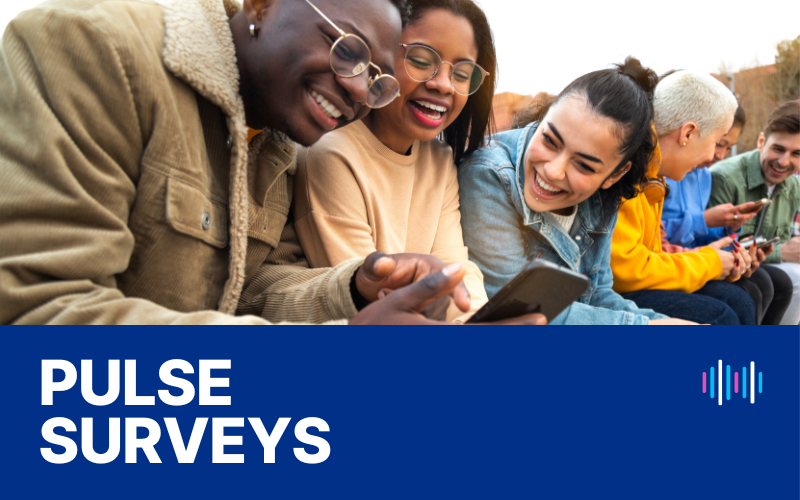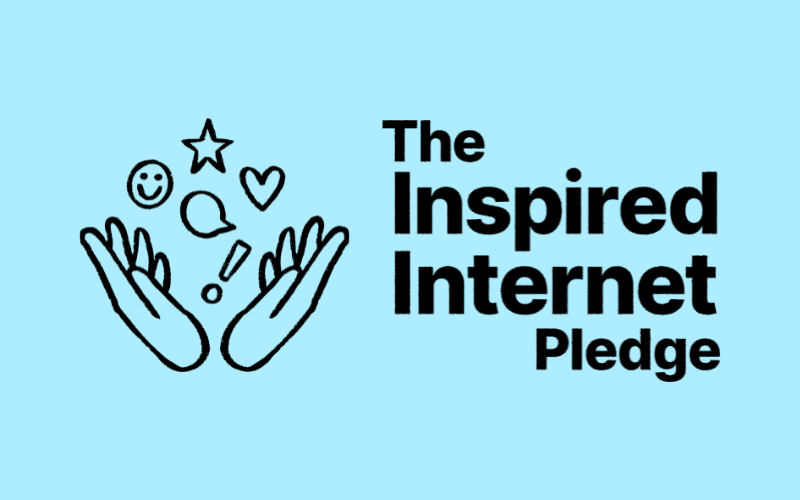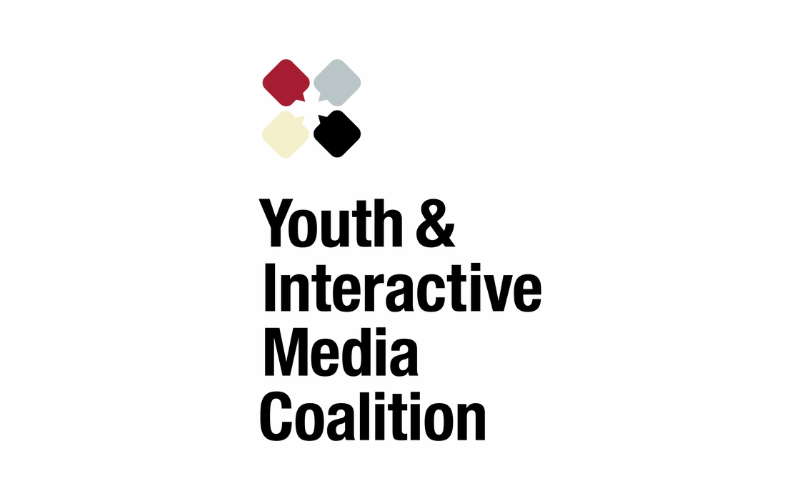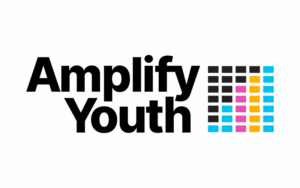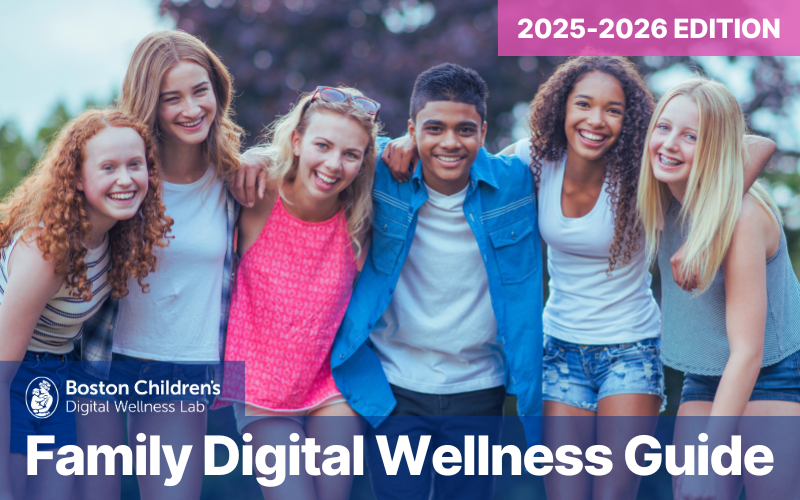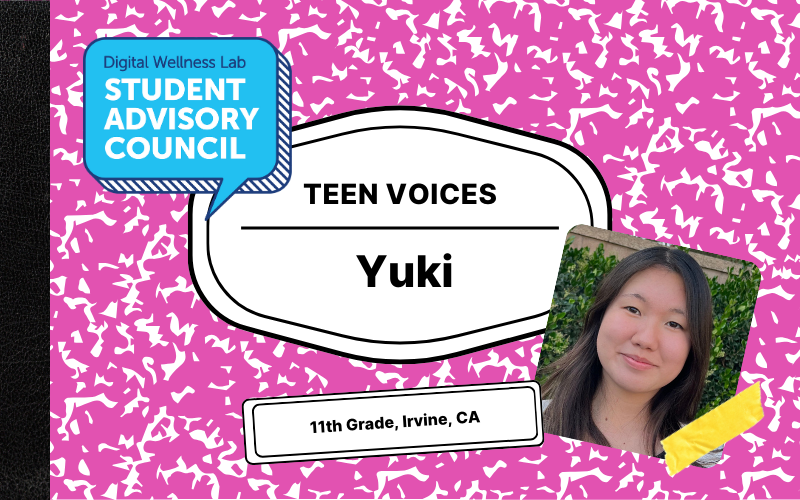Authored by Yuki
Member of Digital Wellness Lab 2024-25 Student Advisory Council
What does a “day in the life” look like for you with using technology and digital media?
Every morning, as soon as I wake up, I open my phone to check to see if I have any notifications or texts and scroll through Instagram to see my mutuals’ posts. After getting ready and arriving at school, if I see that my friends have not arrived yet, I mindlessly scroll through my phone, a habit that helps me escape reality and do something other than just standing there alone. Throughout the school day, I check my phone frequently, whether that be when I feel a buzz during passing periods or during break and lunchtime, more often scrolling on social media than accessing school resources.
During class periods, however, my school regulates students’ screen time by mandating cell phones to be placed in “cell phone pockets” at the front of the classroom. Teachers have enforced this procedure by taking attendance based on whether phones have been placed in each student’s corresponding pocket. Class periods are one of the few times throughout the day when my phone is not with me, which can sometimes lead to feelings of anxiety and stress.
At home, the majority of my time is spent on my computer, where I access the internet to complete assignments and other school-related work. However, these study sessions are often filled with phone breaks in between, when I end up scrolling on social media, specifically Instagram Reels and TikTok. I continue to use various forms of technology until 10 minutes before I go to bed.
What are your favorite platforms/apps and why?
My favorite platform is Instagram. I enjoy mindlessly scrolling on Instagram Reels, where the relatable content sometimes consumes an entire evening. Instagram has also played a key role in my relationships, as it allows me to regularly text my friends overseas.
Another favorite platform of mine is LinkedIn. It’s very interesting to view what my peers are doing in and outside of school, and LinkedIn has allowed me to find various educational opportunities that I had previously been unaware of, such as this very Digital Wellness Lab Student Advisory Council.
A platform I use every single day is Spotify. With my Spotify Pro subscription, I can stream all types of music for free without ads. I am connected to my friends on Spotify as well, where I can not only see their public playlists but also view the songs that they are currently streaming in real time. A specific feature of Spotify I enjoy is playlist creation. I have personally created multiple public playlists for different occasions, like studying, getting ready for school dances, late-night drives, and much more.
What are the greatest opportunities you see for teens when it comes to using technology?
Technology and the digital world offer a plethora of resources that teens can use in many different aspects of their lives. One of the main concerns I often hear about the use of technology in classroom settings is that students can easily access forms of AI, such as ChatGPT, to commit academic dishonesty. However, I have also seen how AI can enhance knowledge retrieval and assist students with academics when not in the classroom. For instance, my classmates and I often use ChatGPT to help us with physics problems and ask for feedback from essays, enhancing our learning and knowledge when the teacher isn’t readily available. Our English teacher has even encouraged us to use AI to enhance our learning by providing us with prompts for us to ask ChatGPT and other AI tools to provide feedback on our essays. The internet, in general, also offers a variety of books and other educational materials with a click of a button, increasing accessibility of resources to students worldwide.
I have also seen how technology can enhance personal relationships. As someone who moves frequently across the country and globe, technology and social media platforms have allowed me to keep in contact with my friends living hundreds of miles away. Social media platforms make it especially easy for me to strike up conversations with my friends by replying or “swiping up” on their stories, instead of having to start a conversation from scratch on messages.
What are the greatest challenges you see for teens when it comes to using technology?
While technology allows teens to access a plethora of tools, teens are also faced with the challenge of managing how they use these tools. For instance, online platforms make it more likely for teens to engage with strangers, many of whom have bad intentions, and the anonymity motivates people to bully others. Teens may also struggle with growing attached to their technological devices, which can, for example, take away from interactions with other people, making it harder for them to develop important communication skills. Furthermore, increased access to various forms of media online can lead teens to be exposed to misinformation and disinformation online. Due to many teens’ lack of education recognizing bias or mis/disinformation, teens are much more likely to take everything they see online as the truth, leading to very skewed ideas, which could shape their values and beliefs.
What are the greatest opportunities you have and challenges you personally face when it comes to managing your technology use?
I have struggled a lot with managing my technology use, whether that be the time I spend scrolling on social media platforms or the content that I look at online. After school, I often find myself scrolling on platforms such as Instagram Reels and TikTok as a means to escape reality and deter myself from completing my homework and other productive activities. I also find myself comparing my body and lifestyle to the idealized versions I find online, which further puts me in a rabbit hole of scrolling. As a junior in high school with college application season approaching, I also find myself comparing my academics and extracurriculars with figures I find online, especially on LinkedIn, which often makes me feel less motivated and hopeless.
However, technology is a great tool to discover opportunities online, specifically programs to advocate for issues I am passionate about. For instance, I found out about the Digital Wellness Lab’s Student Advisory Council online through a mutual on LinkedIn, and these virtual meetings have allowed me to share my perspectives on feelings of belonging in the digital world and hear from tech industry professionals. I can also see the potential of technology in the classroom to enhance teens’ learning.
What would you want to see changed or redesigned for technology and/or media to be healthier for teens?
In order to increase teens’ feelings of belonging in the digital world, technology and media can be redesigned to include features that encourage positive social interaction. For example, social media platforms could provide more collaborative elements that allow teen users to engage positively with strangers online. I would also like to see more content online that teaches teens how to distinguish bias and mis/disinformation in the digital world in an engaging manner. I would also appreciate some more features that encourage teens to limit their screen time and endless scrolling on social media platforms, as not all teens may have someone to hold them accountable.
What, if anything, do you think parents and caregivers are missing when it comes to understanding how teens use media?
Based on my experience, a lot of parents and caregivers tend to either disapprove of media altogether or lack any knowledge on the potentially harmful content within digital media. I think it’s important for parents and caregivers to not immediately dismiss teens for using digital media and to be open to the benefits that can come from teens’ access to digital media. While bias and mis/disinformation exist in digital media, digital media also includes a variety of tools that enhance teens’ learning and development.
What guidance or advice do you have for parents and other caregivers to help teens to build and maintain healthy behaviors around digital media and technology?
While social media, AI, and other technology may seem strange to parents and caregivers, it’s important for parents and caregivers to not dismiss teens for accessing digital media and technology. Rather, parents and caregivers can remind teens to regulate the time they spend on these platforms so that teens don’t grow overly attached to technology. Parents and caregivers can also observe what the teens are viewing by sharing content with one another instead of surveilling them harshly and preventing them from even accessing digital media and technology.
However, I do also believe that it is important for parents and caregivers to step in when they notice that their teen endlessly consumes media online that is taking away from their engagement with other people and daily life. It could also be beneficial for parents and caregivers to educate their teen how to distinguish bias and dis/misinformation online so that they are less susceptible to falling for this content.
Yuki is a member of the Digital Wellness Lab’s 2024-2025 Student Advisory Council. She is a high school junior in Irvine, California.
The author of this article is a young person who has been engaging with the Digital Wellness Lab about topics of young people’s safety and wellbeing within digital environments. Here at the Lab, we welcome different viewpoints and perspectives. However, the opinions and ideas expressed here do not necessarily represent the views, research, or recommendations of the Digital Wellness Lab, Boston Children’s Hospital, or affiliates.

